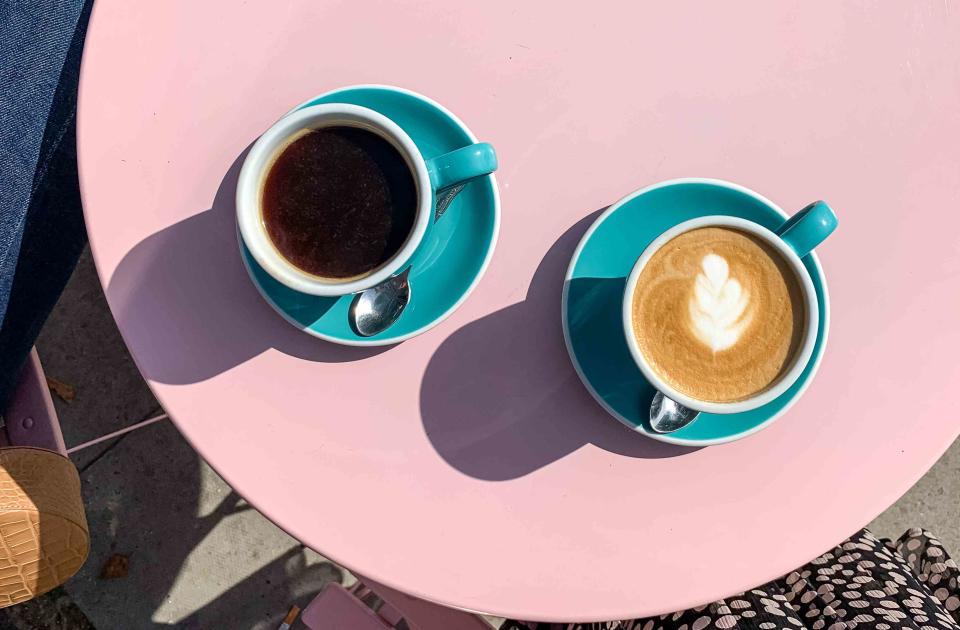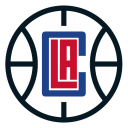What Is the Difference Between Light Roast and Dark Roast Coffee?
Making a better cup of coffee starts with choosing the right roast.

Alla Tsyganova / Getty Images
Of all the decisions you make when ordering coffee, roast isn’t often part of the equation. Sure, you’ll need to have an opinion about how much and what kind of milk, as well as any flavored syrups, cinnamon, or sugar, but when was the last time you chose between a light or a dark roast?
Read on to learn about the differences between light and dark roast coffee, and which to choose, depending on your palate.
What is light roast coffee?
“In the simplest terms, a light roast will retain more of the characteristics associated with a specific origin or variety of coffee,” says Samuel Klein, green coffee buyer for Brooklyn-based specialty roaster Partner’s Coffee. “In the cup, a well-executed light roast may be fruity or floral, or it may have sweet flavors like shortbread or milk chocolate.”
Lighter roasts are a good fit for drinkers who prefer delicate, floral, acidic, or fruity notes in their cups.
Related: What You Need to Know About Drinking Coffee Before Bed
What is dark roast coffee?
If your go-to coffee order is a latte, cortado, or flat white, you’ve likely had a lot of dark roast coffee, as these tend to perform especially well in drinks with milk and sugar.
“Dark roast coffees might have flavors of dark or bittersweet chocolate, deeper caramels like burnt sugar or crème brûlée, and often ashy or ‘roasty’ flavors,” says Klein. “They’re usually more soluble than lighter roasts — this means you get more efficient extraction brewing darker roasts than brewing lighter roasts,” he says. “You can take this into consideration when brewing dark roasts: grinding coarser and using cooler water are common strategies for getting a well-balanced cup.”
Klein adds that one of the biggest misconceptions around dark roast coffee is that very hot brewing water, from 205°F to boiling, will scorch or burn the coffee. “That isn’t true, but hotter water does effectively increase extraction, which could cause dark roasts to become over-extracted, and therefore excessively harsh or bitter,” he says.
It’s worth noting that coffees roasted specifically for espresso are often roasted longer and to higher temperatures than coffees intended for use with a pour-over filter, so in a sense, those could be considered darker roasts.
Related: How to Make Every Single Cup of Coffee Taste Better at Home, According to an Expert
Does dark roast coffee have more caffeine than light roast coffee?
Many things need to be clarified about the caffeine content of light versus dark roasts, and Klein explains that the most significant reason has to do with inconsistencies in how we measure our coffee.
“As coffee is roasted darker and darker, it loses mass and increases in volume. If you measure your daily coffee in scoops, four scoops of a dark roast will equate to marginally less coffee (in terms of the original green coffee material) than four scoops of a light roast,” he says. “If you weigh your coffee with a scale, however, the results are the opposite — 40 grams of a dark roast will require more of the original coffee material than 40 grams of a light roast.”
Ultimately, caffeine levels are mostly stable at roasting temperatures, which is why light roast coffee does not have less caffeine than dark roast coffee. “Technically, a very small amount is roasted away through a physical process called sublimation, but it’s negligible compared to changes in density and porosity that also happen,” Klein adds.
For more Food & Wine news, make sure to sign up for our newsletter!
Read the original article on Food & Wine.

 Yahoo Sport
Yahoo Sport 




































































